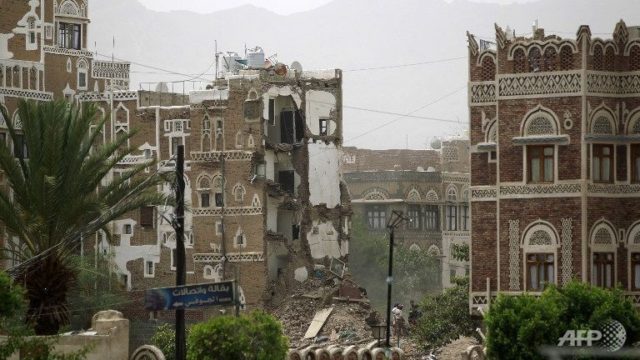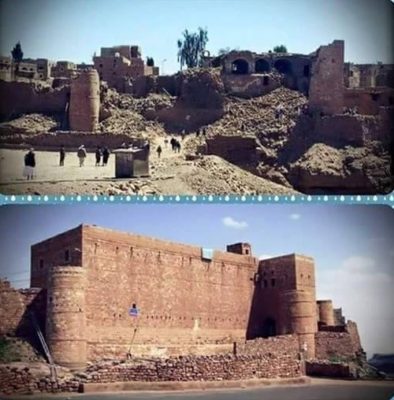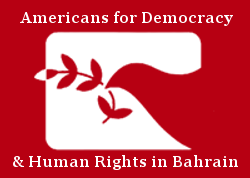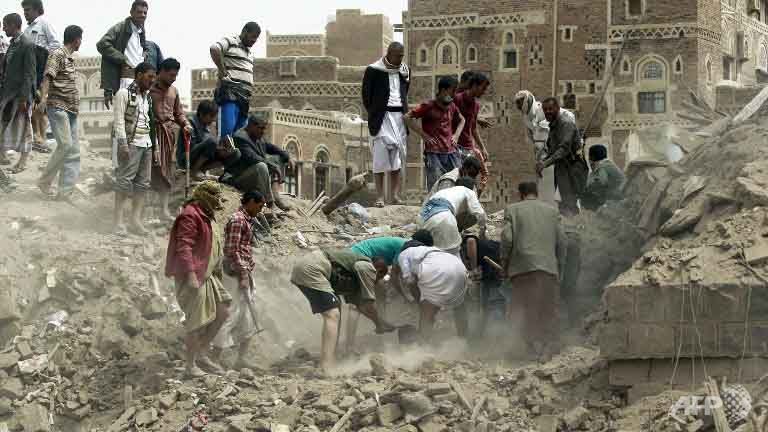On 3 April 2017, Prince Sultan bin Salman, chairman of the Saudi Commission for Tourism and National Heritage, urged support for the renovation of historic Jedda. He emphasized the importance of preserving cultural heritage sites, where “a large presence of citizens…are a remarkable indication that people long for the heritage of this country.” However, the Saudi government has implemented policies to destroy important cultural sites, thereby denying Saudis the ability to enjoy their heritage. Through its actions both home and abroad, the Saudi government has repeatedly shown little regard for preserving sites of historical and cultural importance.
Currently, the Saudi government plans to demolish the historic Mosawara neighborhood in the town of Awamiyah, in the Eastern Province, ostensibly to make room for a commercial center. Last week, three UN Special Rapporteurs, on cultural rights, housing, and extreme poverty, strongly condemned the Mosawara “development” plan and called for its immediate cancellation. The demolition and forced evictions will displace up to 3,000 residents in an area already suffering from a severe housing crisis, which may contribute to an increase in poverty. The government has also ignored concerns about the loss of a unique, centuries-old neighborhood.
Mosawara’s destruction is just one of many instances of the Saudi government’s disregard for historically important landmarks. Since 1925, the al-Saud family has overseen the destruction of historical artifacts, tombs, and mosques in cities across Saudi Arabia. Authorities have also demolished places associated with the Prophet Mohammad and other Islamic leaders, such as the Mu’alla cemetery in Mecca, the Prophet’s house, and the home of the Prophet’s wife Khadija. The expansion of the Grand Mosque in Mecca in 2011 eliminated several significant Islamic structures. The government has also systematically targeted significant Shia sites as part of the widespread, state-sanctioned persecution of the Shia minority.
The Saudi government’s disregard for cultural heritage extends beyond its borders. Over two years ago, beginning in March 2015, the kingdom intervened militarily in the Yemen conflict as leader of a broad-based coalition supporting Yemeni President Hadi. However, the Saudi military has received widespread condemnation for conducting airstrikes against non-military targets, including agricultural infrastructure, hospitals, schools, and cultural heritage sites. These sites include:
- The Dhamar Regional Museum is home to thousands of artifacts from 400 sites dating back to the third millennium BC. Yemeni and foreign archaeologists had excavated the surrounding region for years, finding evidence that even Neolithic cultures participated in long distance trading. On 21 May 2015, a coalition missile struck the building; it was not being used for military purposes.
- Civilian neighborhoods comprising the Old City of Sana’a are included as a UNESCO World Heritage Site that has been inhabited continuously for 2,500 years. The historic walled city is famous for its multistoried rammed earth and brick buildings decorated with geometric patterns. Multiple airstrikes have targeted homes within the city over the course of the conflict.
- The Great Marib Dam operated under the Sabean Empire in the first millennium BC. Irrigation systems connected to the dam watered up to 25,000 acres of the surrounding desert around Marib, the capital of the biblical Queen of Sheba’s Saba kingdom. Coalition airstrikes on 31 May 2015 destroyed sections of the dam.
Throughout the conflict, UNESCO, the US State Department, and other organizations have submitted no-strike lists of archaeological and other cultural heritage sites and their coordinates to the Saudi government. However, the Saudi coalition has continued to target and damage numerous other sites, including historical monuments in Sirwah, the Kawkaban citadel, the Cairo citadel, the National Museum, UNESCO World Heritage Site candidate the Old City of Saada, and UNESCO World Heritage Site the Historic Town of Zabid.

Losses of cultural heritage sites restrict the human right to take part in cultural life, which is guaranteed under Article 15 of the International Covenant on Economic, Social, and Cultural Rights (ICESCR). Under ICESCR’s General Comment No. 21, states have an obligation to “respect and protect cultural heritage in all its forms, in times of war and peace, and natural disasters.” The 1954 Hague Convention for the Protection of Cultural Property in the Event of Armed Conflict, to which Saudi Arabia acceded in 1971, prohibits states from conducting “any act of hostility” against cultural property in their own borders and other states.
The continued targeting and destruction of sites with historical and cultural significance in Saudi Arabia and Yemen is highly concerning. The remaining sites are at imminent risk of destruction by the Saudi government. We call on Saudi officials, particularly Prince Sultan bin Salman, to respect their international human rights and humanitarian obligations to protect cultural property. The authorities should immediately halt plans to demolish the historical neighborhood, Mosawara, and end airstrikes targeting cultural heritage sites in Yemen.


Rachael Diniega is an Advocacy Intern at ADHRB.





